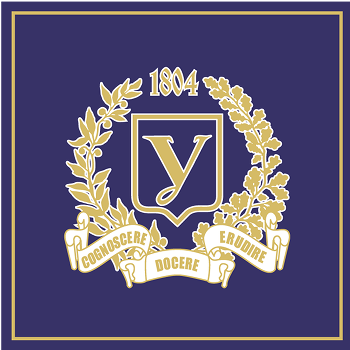surface waters
- 2019-31
Ecological Assessment of Quality of Surface Water of Small and Medium Rivers of Poltava Region
Purpose. Environmental assessment of the quality of surface water of small and medium rivers of the Poltava region, in particular: medium rivers – Psel, Vorskla, Merla and five small rivers –Govtva, Grun, Kolomak, Poluzorie, Tashan. Methods. Field, atomic absorption spectrophotometry, cluster analysis. Results. In accordance with the quality standard for surface water of cultural and household purposes, all indicators for medium-sized rivers are within the normal range. There was an excess of zinc in the waters of small rivers - Grun, Tashyas and Poluzorie. The low content of soluble oxygen does not meet the norm. When comparing values with the norm of quality of water for reservoirs of fishery management, excess BOD-5 for the Vorskla and Psel rivers is defined; the content of ammonia and nitrites significantly exceeded the normative value for the river Vorskla, Psel, Merla. The excess of surfactants for medium rivers is determined. The river Vorskla is mostly polluted with cupper; the Psel river – with zinc and iron, in water from the Gotvva, Tashan, Poluzorie and Grun rivers we have identified exceeding BOD-5. Regarding the water-soluble nitrogen compounds, only the nitrogen content corresponds to the normative value. The greatest pollution with ammonia is observed for the Govtva and Kolomak rivers. Excess of MAC on the content of nitrites was identified for the Kolomak river. As a result of the cluster analysis of the river, the degree and nature of pollution of surface water are grouped into three main groups: the first is the Kolomak river, the second one is the Merla, Psel, Grun, Vorskla rivers, the third one is the Tashan, Poluzorie and Govtva rivers. In the future, the results can serve as a tool for regulation, monitoring and solution of pollution problems. Conclusions. Small rivers of Poltava region are under considerable anthro-pogenic impact, their ecological status is estimated as ecological regression. Therefore, priority attention should be paid to improving the ecological status of small rivers in the Poltava region and implementation of the pro-posed nature conservation measures.
- 2012-3-4-:18
Landscape-Ecological Principle Set Standards Of Anthropogenic Impact On Surface Waters
The article presents the scientific rationale, general requirements and principles set standards of ecological safety for water of water objects of fishery; it has been formulated requirements for water quality of surface water objects to ensure normal functioning of aquatic geoecosystem. It has been also developed and worked instructional techniques and procedures for establishing standards of ecological safety of water management - fishery the maximum concentration limit substances.
Generalized results establish ecological and fisheries fishery standard - the maximum concentration limit (MCL) morpholine. In terms of the value of the MCL (0.125 mg / l), stability in the aquatic environment (reduc-tion of 95% concentration is 32 days), the index of material accumulation in organs and tissues of fish (0,85-2,4), the degree of factor of defeat aquatic geoecosystem ( 1.1) morpholine belongs to 3 hazard class.
- 2013-3-4-:20
Mapping of ecological conditions of atmospheric air, surface and ground waters in Kharkiv region
Key factors of atmospheric air, surface and ground waters’pollution have been determined.Main directions in mapping of ecological conditions and environmental protection have been presented in the paper. Examples and contents of series of ecological maps of environment’s dynamic components of Kharkiv region have been given.

